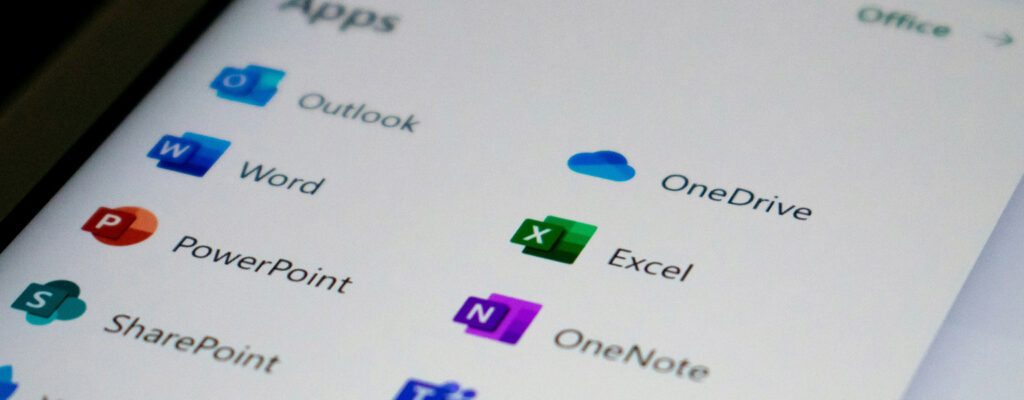Full Guide to Hyper-V Replica VS Azure (Which is Best for Your 2025 Disaster Recovery Strategy)
Contents
Business continuity isn’t just an IT checkbox anymore. It’s oxygen. One hardware failure, one power outage, one “surprise” construction crew hitting a fiber line, and suddenly everyone remembers how important uptime is. (Funny how that works.)
For years, Hyper-V Replica was the go-to choice for organizations wanting cost-effective virtual machine replication without expensive equipment. And it still works—dependably, predictably, almost stubbornly. But as cloud technology evolved and the world demanded faster recovery, stronger automation, and “please don’t make me maintain a second datacenter” convenience… Microsoft introduced a smarter option: Microsoft Azure.
Azure Site Recovery (ASR) — the cloud-native Disaster Recovery-as-a-Service that brings orchestration and automation to the disaster recovery (DR) world.
This guide walks you through how Hyper-V replication has evolved, why ASR is now Microsoft’s preferred data backup and disaster recovery solution, and how a hybrid strategy can give your organization the best of both worlds.
How Hyper-V Replication Has Evolved
When Hyper-V Replica debuted in Windows Server 2012, it was genuinely innovative. It allowed admins to replicate VMs to another host or site without SAN replication, clustering, or expensive third-party tools. For many organizations, it was the first accessible path to real business continuity.
Fast-forward 13 years: Hyper-V Replica is still here, still reliable, and still included in modern Windows Server versions—but it hasn’t changed much. Think of it as that dependable tool in your kit that always works, even if it didn’t get invited to the cloud transformation party.
Modern Hyper-V Improvements
Today’s Hyper-V platform is significantly more capable, with upgrades such as:
-
Enhanced Session Mode for better remote access
-
Nested virtualization (VMs inside VMs—IT’s version of a matryoshka doll)
-
Stronger resiliency through Software-Defined Networking (SDN)
-
Clean integration with Azure services
But Hyper-V Replica itself remains largely the same periodic-replication mechanism it has always been. Useful? Yes. Cutting-edge? Not so much.
That’s where Azure Site Recovery steps in and says, “Allow me.”
Azure Site Recovery
Azure Site Recovery (ASR) is Microsoft’s cloud-first, automation-heavy DR platform designed for modern workloads—Hyper-V included. Where Hyper-V Replica handles replication, ASR handles replication plus orchestration, automation, sequencing, testing, and regional resilience.
In other words, Hyper-V Replica copies VMs. ASR orchestrates business continuity.
Why ASR Outshines Traditional Replication
-
RPO in seconds, not “go refill your coffee” intervals
-
Automated failover plans that ensure recovery steps happen in the right order
-
No secondary site required (goodbye CapEx; hello OpEx)
-
Non-disruptive, test-whenever-you-want DR drills
-
Cross-region Azure redundancy for true site-wide disaster protection
-
Centralized cloud monitoring + reporting
ASR isn’t just more powerful—it’s more practical. It reduces hardware needs, simplifies DR testing, and provides the kind of automation that turns “We think our DR is fine” into “We know exactly how it will perform.”
Hyper-V Replica VS Azure Feature Comparison
Below is a clean, modern comparison you can cite, bookmark, present at meetings, or quietly email to someone who still thinks a single backup drive = DR strategy.
| Feature | Hyper-V Replica | Azure Site Recovery (ASR) |
|---|---|---|
| Replication Target | Another Hyper-V host / secondary site | Azure region (cloud-based DRaaS) |
| Typical RPO | 30 sec / 5 min / 15 min | Seconds to minutes |
| Typical RTO | Manual failover; minutes to hours | Automated failover; minutes |
| Automation | Minimal | Full orchestration + sequencing |
| Hardware Required | Yes — secondary infrastructure | None — cloud-native |
| DR Testing | Manual, often disruptive | Non-disruptive test failovers |
| Cost Model | CapEx + ongoing maintenance | OpEx (pay-as-you-go storage + DR readiness) |
| Best For | Local failover, predictable environments | Site-wide disaster recovery, hybrid resilience |
When Hyper-V Replica Still Makes Sense
Hyper-V Replica isn’t obsolete—it’s just not the entire answer anymore. It excels in a few scenarios:
1. Local, low-latency recovery
If your organization maintains two Hyper-V hosts or clusters in the same building or campus, Replica offers near-instant on-prem recovery without relying on external connectivity.
2. Budget limitations
If you already have the secondary hardware, Replica is a cost-neutral, built-in feature.
3. Simple rollback/failover needs
Hyper-V Replica can act as a quick safety net during maintenance windows, updates, or application changes.
But when broader business continuity is the goal, ASR’s automation and cloud resiliency are hard to beat.
The Hybrid DR Strategy (The Secret Sauce)
Many organizations today don’t choose between Hyper-V Replica and ASR—they use both.
Hyper-V Replica handles the “everyday outages.”
-
Local host failure
-
Hardware swap
-
Quick recovery during maintenance
-
On-site failover without internet dependency
Azure Site Recovery handles the “we hope this never happens” disasters.
-
Datacenter failure
-
Building-wide power outage
-
Natural disasters
-
Ransomware attacks require isolation
-
Regional infrastructure disruptions
This layered approach gives you: Speed for the small stuff. Resilience for the big stuff. Confidence for everything in between.
CapEx vs. OpEx Cost Considerations
Hyper-V Replica Cost Model
-
Requires secondary servers, storage, networking, power, and cooling
-
Good ONLY if you already have this hardware
-
Predictable, but hardware-heavy
Azure Site Recovery Cost Model
-
No additional on-prem hardware
-
Storage and bandwidth during replication
-
Compute charges only during failover or DR testing
-
Scales automatically with your needs
-
Much easier to budget and justify for leadership
For most organizations without an established secondary data center, ASR delivers significantly better ROI.
Modern DR Requires More Than Just Copies — It Requires Strategy
Hyper-V Replica is still a dependable tool in the Windows Server ecosystem. But in 2025, disaster recovery requires more than periodic replication and manual failover steps. It requires automation, orchestration, intelligent sequencing, cloud-scale resilience, and regular, non-disruptive testing.
In other words, your business continuity strategy needs to evolve at the same pace as your business.
Whether you run Hyper-V on-prem, embrace Azure Site Recovery, or want a hybrid approach that gives you both speed and resilience, Kelley Create can help you design, test, and manage a disaster recovery plan that actually works when you need it most—not just on paper.



